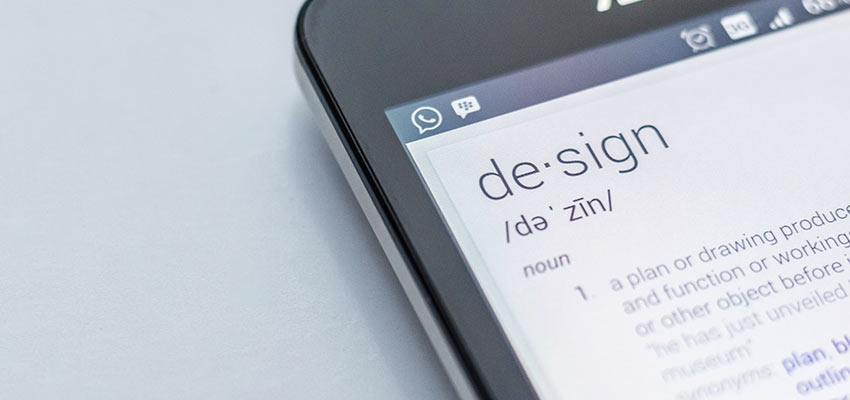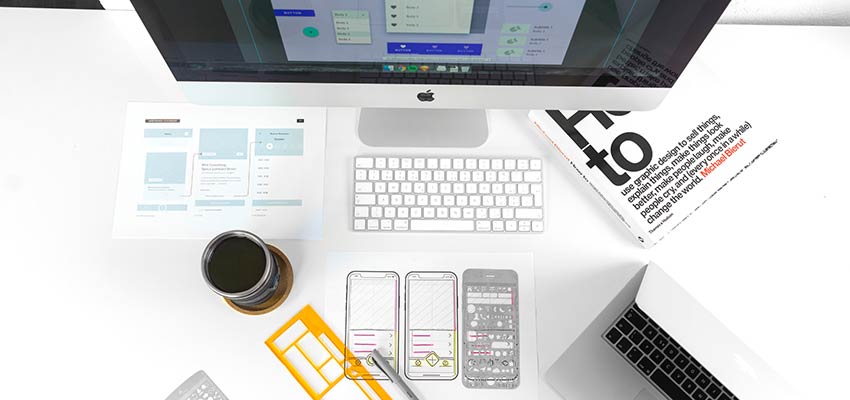Modern websites need to look and function well on every screen. That’s not exactly a newsflash, as web designers have been told this for years. But there is more than one way to go about accomplishing it, such as adaptive design and responsive design, which we will discuss in this article.
There can be some confusion when it comes to the terminology used to describe these techniques. As with so many aspects of design and development, we are inundated with buzzwords. Sometimes they become so mixed up that we (mistakenly) use them interchangeably. True, both adaptive and responsive design share a similar end goal: to ensure a great user experience on large screens, small screens and everything in-between. But they take very different approaches to get there.
Today, we’ll dig into those differences in an effort to help you choose the right solution for your projects.
What is Responsive Design?
The more commonly-used of the two techniques, responsive design rearranges content based on browser size.
CSS media queries are used to set one or more breakpoints – viewport resolutions at which selected elements of a website adjust accordingly. Breakpoints are often set to mimic the screen sizes of popular mobile devices, including phones and tablets.
One common example of this would be responsive navigation. Think of a full-width navigation bar displaying on larger screens (laptops and desktops). As the viewport shrinks, the menu could conceivably be set to adjust any number of ways to make use of the space available. Then, on the smallest of mobile screens, that same navigation is then hidden beneath a “hamburger” menu.
Responsive multi-column layouts are also quite popular. Designers often configure them to “stack” on top of each other on smaller screens. On mid-sized screens such as tablets, columns may remain in-tact or partially stack. The feature is actually built into CSS specifications such as Flexbox, which automatically adjusts columns according to screen real estate.
Advantages of Responsive Design
Perhaps the biggest advantage of using responsive design techniques is that users get essentially the same website on every device. That continuity allows frequent visitors to more easily find what they’re looking for.
In addition, adding responsive elements to CSS is relatively straightforward. It’s a matter of taking what’s on the big screen and adjusting accordingly for various breakpoints. Even older websites designed before the smartphone revolution can be retrofitted without too much trouble.
Lastly, since the content and URL of a given page is the same throughout the full spectrum of viewports, a responsive design is better for SEO. Thanks to that consistency, search engines tend to handle these websites a bit better.
Disadvantages
Going responsive is not all good news. Some website layouts may be fine on a big screen, but are more difficult to manage on smaller viewports.
Massive amounts of scrolling might be necessary – even if that isn’t quite as taboo as it used to be. Also, some interactive or code-heavy elements may simply be too slow and cumbersome to use on a phone.

What is Adaptive Design?
Adaptive design, also referred to as “progressive enhancement”, is the process of creating several fixed layouts for various screen sizes. In essence, a designer could create completely different experiences for phones, tablets and desktops.
The idea is that you start with something very basic and then “enhance” the experience for larger screens. The more screen real estate a user has, the more bells and whistles will become available.
One way to visualize the difference between adaptive and responsive design: observe how a given website reacts as you resize your web browser on a desktop device.
A responsive website will continually adjust content as you reach specific breakpoints. Columns may stack, containers and typography may scale.
With an adaptive website, there is an absence of a constantly-shifting layout. Instead, new breakpoints may bring completely new layouts – and thus, even some potential differences in content. For example, some items deemed unnecessary on a phone may be removed altogether.
Advantages of Adaptive Design
Implementing an adaptive design means really putting users first. By crafting a separate experience for a specific screen size, designers can limit the pain points that often come with responsive sites.
Mobile users, for instance, will see only the design and content elements that are relevant to them. The website should, in theory, be easier to navigate and content easier to digest on that smaller, touch-enabled screen.
Then, as more screen size and computing power come into play, those extra features are added in. Adaptive design is understanding that the web is not one-size-fits-all.
Disadvantages
Because you’re creating separate experiences, implementing adaptive design techniques can be very time-consuming. This is especially of concern for projects that are on a tight budget, deadline or both.
Then there is also the potential for an inconsistent user experience. Attention to detail is incredibly important here, as a website will need to provide a separate-but-similar look, feel and functionality. Missing a detail or making a few poor decisions in the design process could hamper the ability to use the website on one or more devices.
Speaking of devices, new ones are being released all the time. Some have unique viewports and could conceivably be served the “wrong” layout. Therefore, it may require routine checks to ensure your site is working with the latest technology.
SEO is also a concern for sites that serve up mobile-only editions using “m.yoursite.com” and the like. That won’t come into play in every situation, but still worth considering if your project is affected.

Choosing the Right Design Technique
How do you know which technique is the best fit for your project? In many cases, it may be a matter of time and money. To that end, responsive designs are quicker and cheaper to implement.
If you’re using third-party products like WordPress themes – which often come with responsive styles – that decision has already been made for you.
However, adaptive design still has its place. For larger websites that have the budget and time resources, designers can craft an outstanding experience for every device using adaptive techniques.
Either way, the bottom line is ensuring that your website works well for every user. Thankfully, there are two highly-proven methods to make it a reality: adaptive or responsive design.
This post may contain affiliate links. See our disclosure about affiliate links here.



